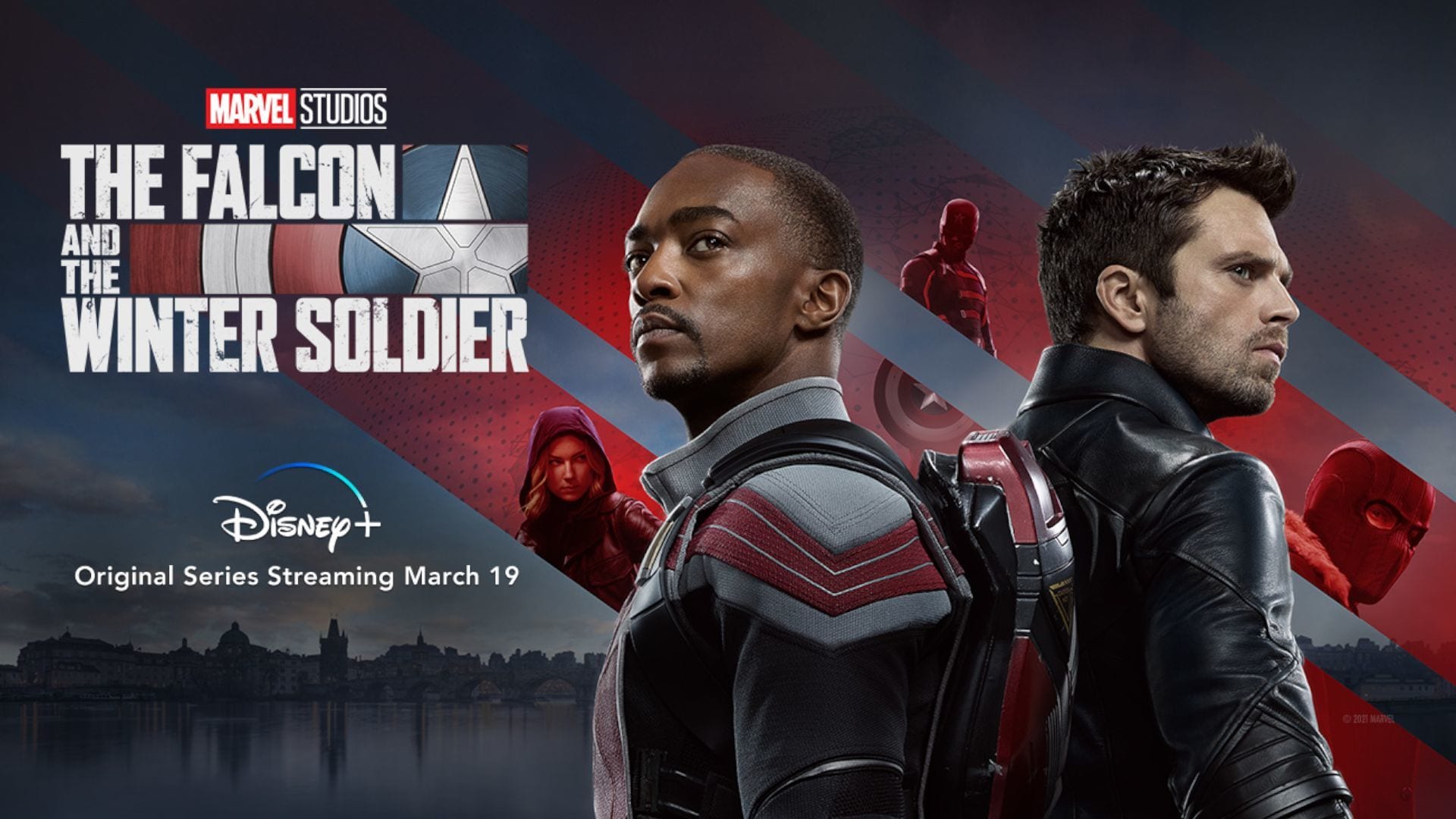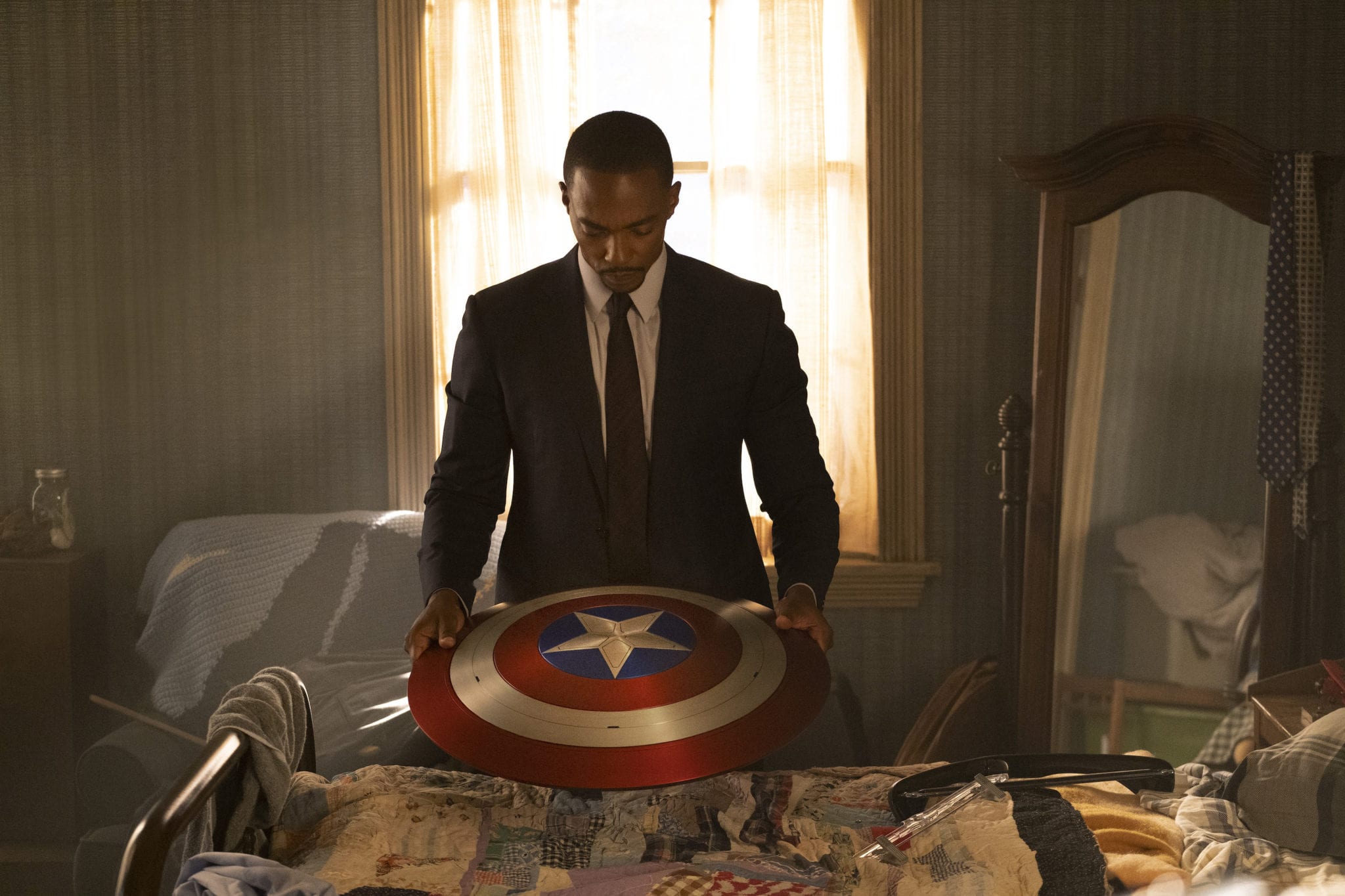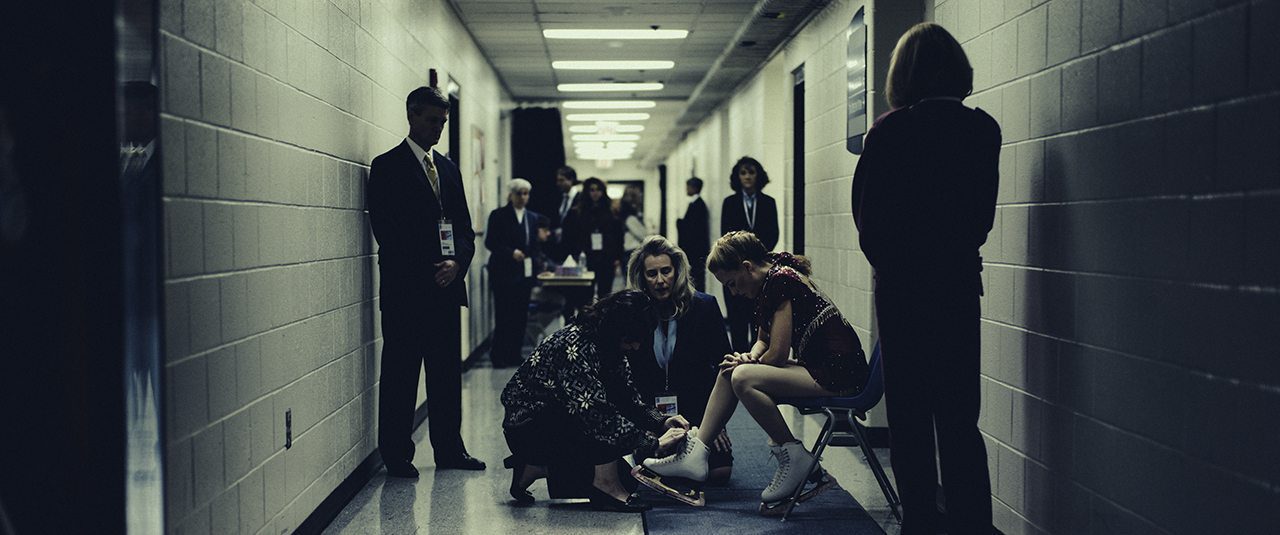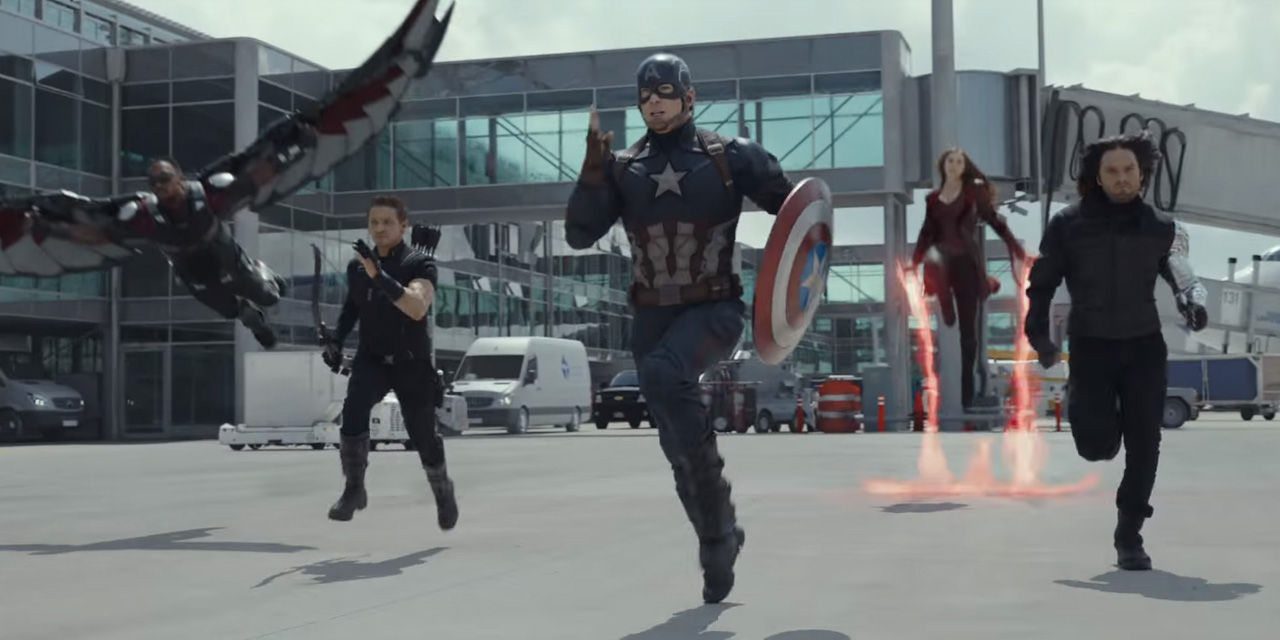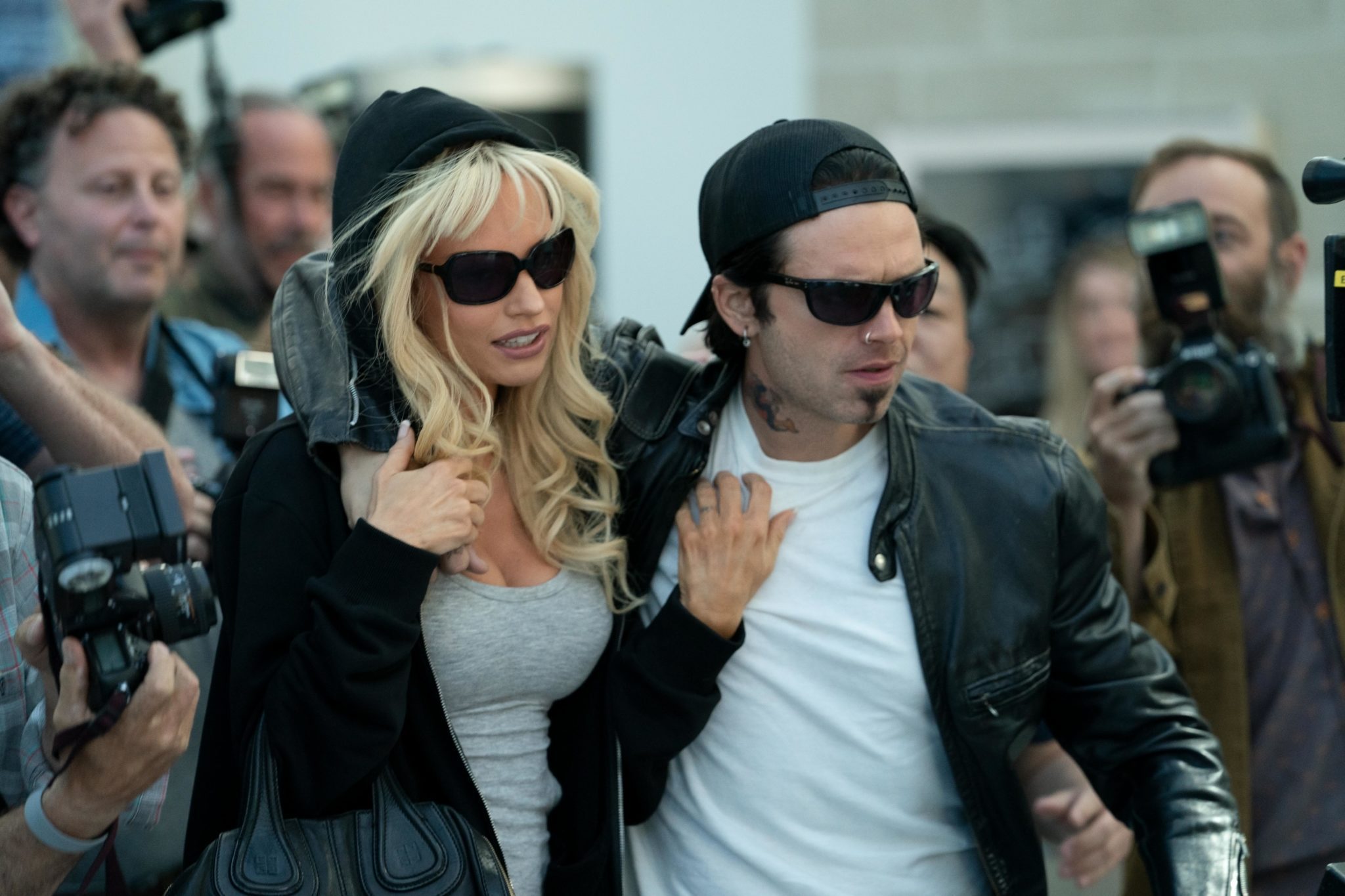
Pam & Tommy: What are You Looking At?
?What are you lookin? at?? Taken from Hulu?s limited series, Pam & Tommy, this may seem like a simple, throwaway line but it actually asks a much deeper question about the way we view our celebrities and each other. Smartly written and executed, this is a show about power and control? and it all starts with the way…

